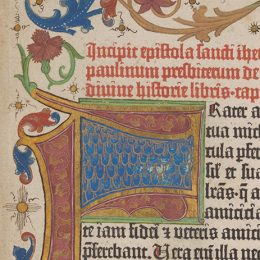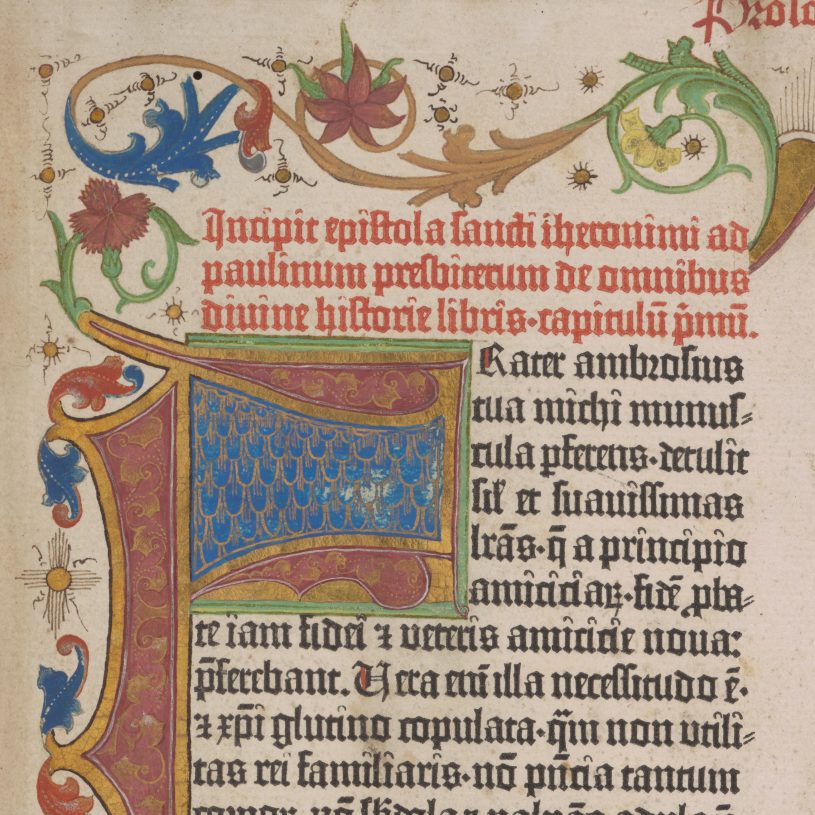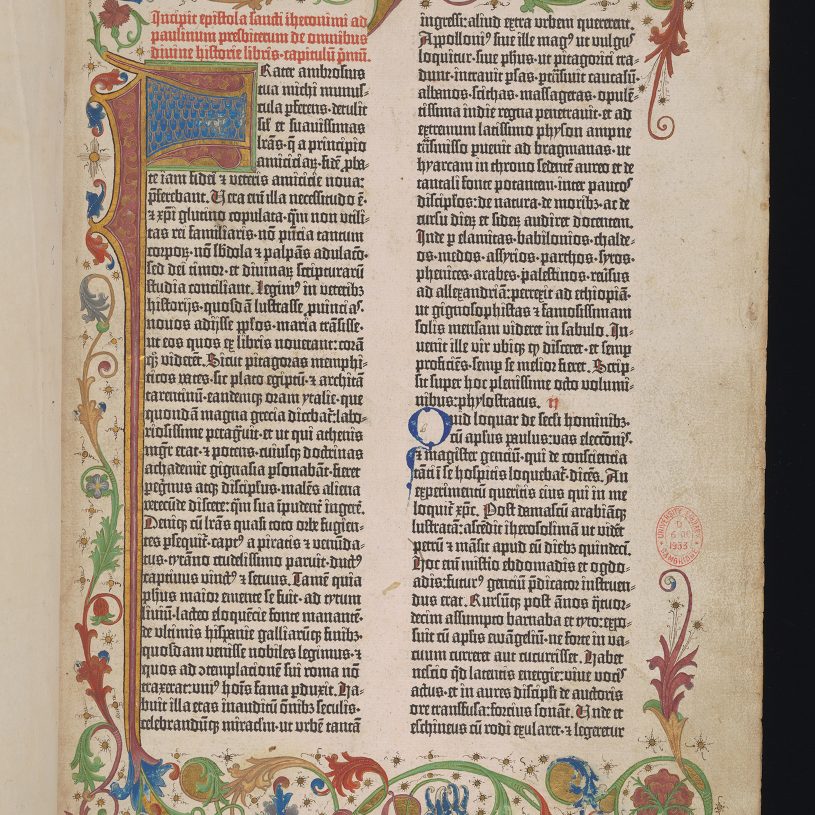Exploring the world of art, history, science and literature. Through Religion

Welcome to TreasureQuest!
Look through the treasures and answer the questions. You’ll collect jewels and for each level reached, earn certificates.
How far will you go?
You need an adult’s permission to join. Or play the game without joining, but you’ll not be able to save your progress.






Are there links to current religious practices or a modern equivalent?
The power of the press to spread faith was recognised early on, but it was the mechanisation of the printing press in the nineteenth century which revolutionised the mass distribution of religious texts. The activities of the religious tract societies, which sought to spread faith across the world through the provision of cheap religious and moral texts, relied on the printing press to do so.

Where is it from, where is it now?

Websites
The British Library
On this site you will find the British Library’s two copies of Johann Gutenberg’s Bible, the first real book to be printed using the technique of printing, which Gutenberg invented in the 1450s.
Cambridge University Library Exhibition
This exhibition celebrates the conclusion of a five-year project, generously funded by the Andrew W. Mellon Foundation, to catalogue Cambridge University Library’s world-class collection of incunabula, books printed before 1501.
The Gutenberg Bible
On permanent display at the Harry Ransom Centre, University of Texas. Includes facts and information.
Books

Emprynted in thys manere – Early printed treasures from Cambridge University Library
Potten E. and Dourish, E. (eds.)
2014, CUP
Intermediate

The Gutenberg Bible (Treasures in Focus series)
2006, British Library
Intermediate
Places
Cambridge University Library Exhibition
This exhibition celebrates the conclusion of a five-year project, generously funded by the Andrew W. Mellon Foundation, to catalogue Cambridge University Library’s world-class collection of incunabula, books printed before 1501.











 Faculty of Divinity
Faculty of Divinity